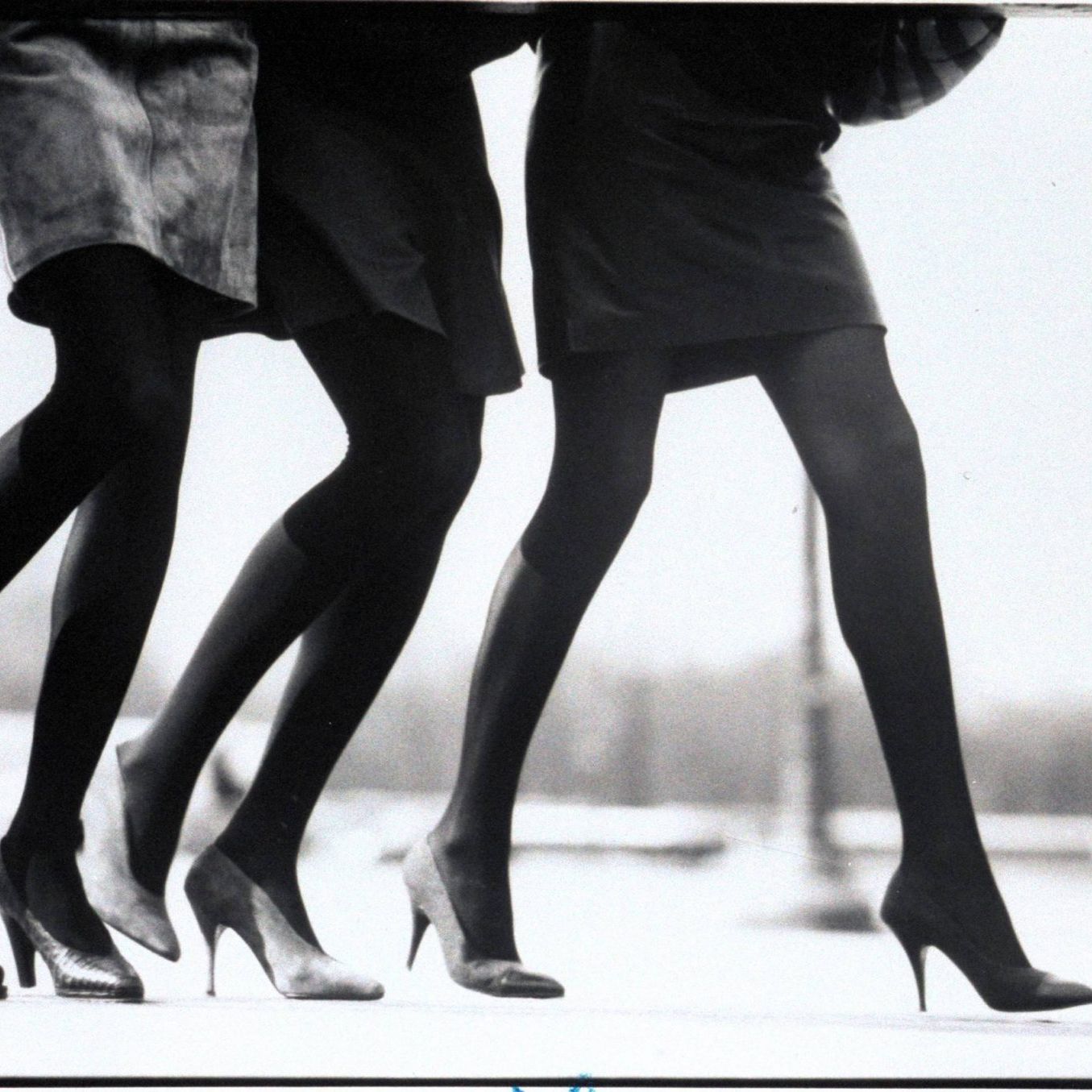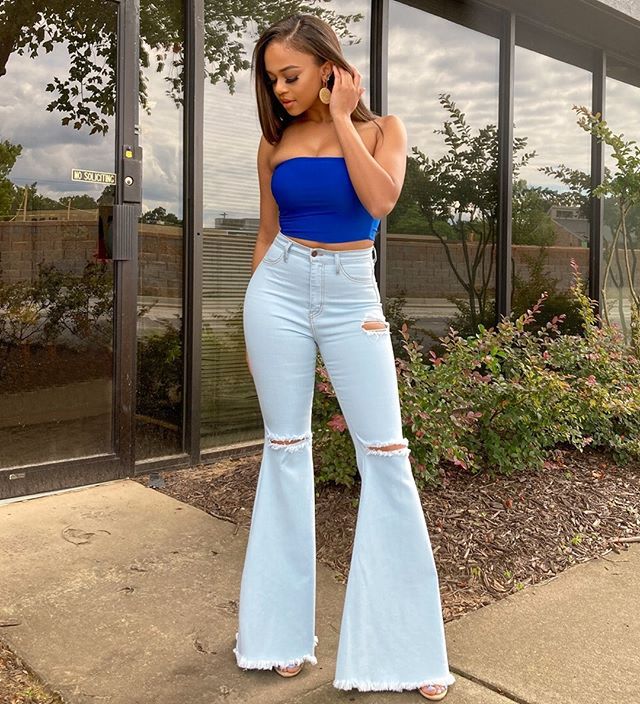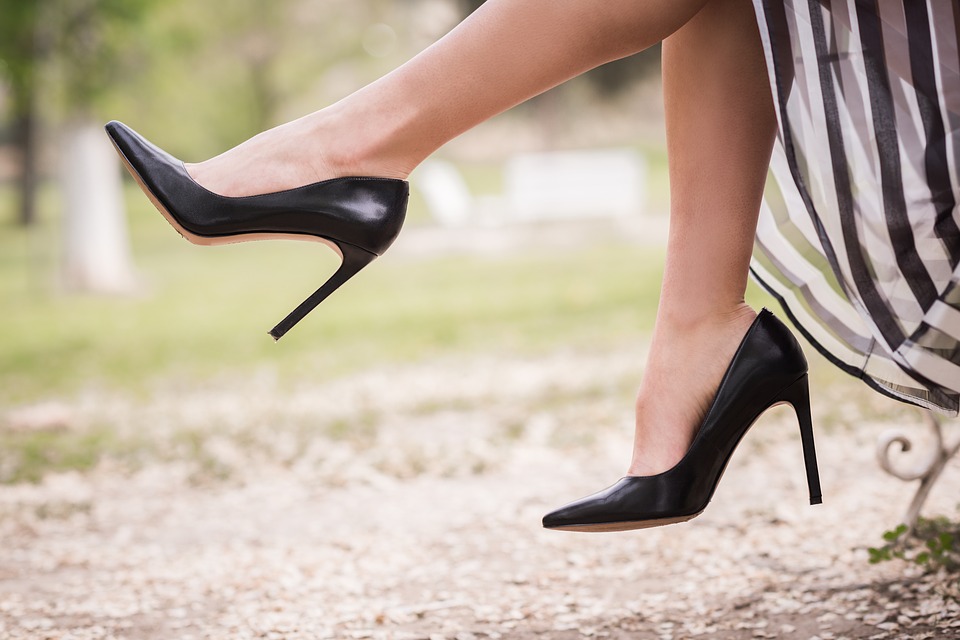High heels aren’t just a type of shoe. For many women, the popular shoe style is a way to channel femininity, power, and even sexiness. Needless to say, there’s an undeniable allure when it comes to the feelings associated with heels. It only makes sense that the popularity of women’s heels transcends decades, from the kitten heels of the ’50s to the platforms of the ’70s to the strappy heels of the ’90s. High heels have history—and some serious staying power.
In the 2020s, heels are still a cornerstone of the shoe market, from noughties-inspired styles to classic black pumps. But navigating the seemingly endless options of high heels can be difficult for those not well versed in shoe verbiage. To help you decode the language of high heels and make shopping that much sweeter, check out the guide below for all you need to know — including how to make them actually comfortable.
Types of Heels
When shopping for the perfect pair of heels, it’s helpful to know what type of heel structure you’re looking to buy. Whether you decide on soaring stilettos, beginner-friendly wedges, or anything in between, knowing a bit of heel anatomy is undeniably important. Heels can adhere strictly to these broad categories or mix styles for a heel structure that’s out-of-the-box. But getting familiar with the below options is a good place to start before scrolling through countless shoe options.
Stilettos
First introduced in the 1950s, stiletto heels feature long, thin heels—often several inches in height. This type of heel is actually named after the stiletto dagger, so it’s no wonder the style is synonymous with fierce and edgy femininity—not to mention seduction.
Continental Heel
Continental heels are a type of stiletto that feature a curved backline and a straight front. Pumps, a classic heel style, often feature a continental heel.`
Kitten Heel
Popularized in the 1950s, the kitten heel is also a type of stiletto, only significantly less intimidating. A kitten heel is only about one to two inches high, making walking on them very easy, even with the technical stiletto classification. Kitten heels were first created as “training heels” for young girls but became popular with women of all ages for their comfortable yet formal style.
Wedge
A great introduction to heels with height, wedge heels include a “wedge-shaped” piece that lifts the heel but provides a flat surface to walk on. Wedges are known for being incredibly stable, providing the same height as tall heels with more forgiveness when it comes to balance, thanks to the flat, sturdy sole.
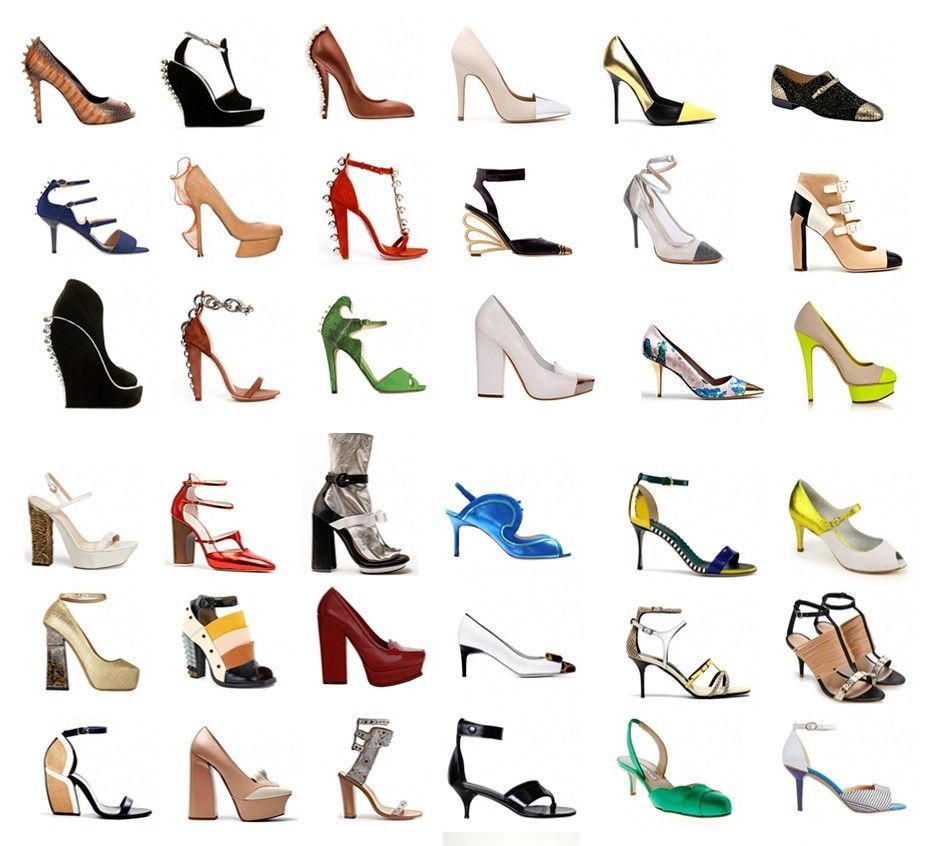
Tapered Heel
A tapered heel features a large, stable surface area at the top of the heel, but slims to a thinner point at the bottom. Also known as a cone heel, this heel shape is significantly more advanced than wedges, but still provides a good amount of stability for those working up to a stiletto heel.
Block Heel
A block heel is just what it sounds like: a girthy square-shaped heel that provides a lot of stability for the wearer. Block heels can be short, super-tall, or anywhere in between. They are versatile and typically easy to walk in.
Flare Heel
A flared heel starts out thinner at the top of the heel, then curves to a wider base where the heel connects to the floor. This heel style provides more stability than many types of heels, thanks to the broad base.
Spool Heel
A type of flared heel, a spool heel has somewhat of an hourglass shape, flaring at the top of the heel and then slimming out in the middle and then flaring at the bottom yet again. The name comes from the heel’s resemblance to a spool of thread or cotton.
Heel Height
One of the most important things to consider when shopping for a high heel shoe is heel height. If you are new to the shoe style, it’s best to stick to proverbial training wheels with a pair under 2 inches. If you’re a seasoned pro who happens to be going to an event where you’ll be sitting all night, then tossing on a pair of 5-inch heels won’t even make you bat an eye. To assist you in all of that decision-making, check out this breakdown of heel heights.
2-inch heels and under
Kitten heels and short block sandals fall into this category, giving you a touch of height with virtually no discomfort. Heels clocking in at 2-inches and under are the top choice for beginners, lifting your heel just enough to adjust your walk and ease you into the shoe style.
3-inch heels
Commonly known as “pumps,” 3-inch heels are some of the most common heels on the market. They are perfect for the office or events where you’ll be on your feet a bit. Yes, they are more advanced than kitten heels. But pumps are still friendly for most people, even if your balance could use a little improvement.
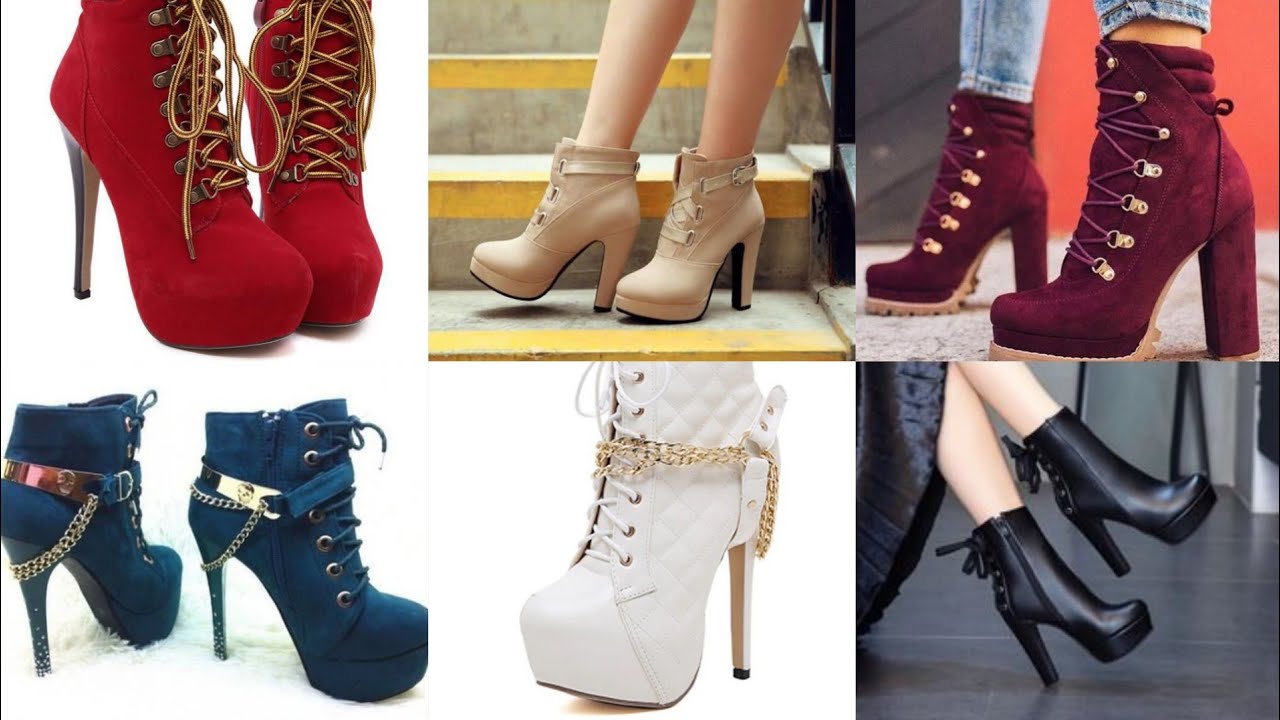
4-inch heels
Once you get comfortable in your pumps, graduating to 4-inch heels is the next step. Platforms, wedges, and other chunky heel styles are especially popular in this category, giving you the height with some added stability. But you can easily find a killer pair of 4-inch stilettos out there if you’re feeling daring and confident in your skill.
5-inch heels and up
If you’re a pro who could balance on a pencil, this heel height is for you. Even 5-inch wedges are a challenge to walk in—and that’s not to mention the trouble of towering stilettos. If you are choosing a fantastically high heel, make sure you’re a balancing pro—and that you don’t need to stand much throughout the night.
How To Make Heels Comfortable
Let’s cut to the chase: The trick to making heels comfortable is a good fit. Period. If your foot slides around or your heel is “bobbing” significantly in the shoe, it’s too big—even if it’s your usual size. If you feel any pinching or have overhanging toes, your heel is too small—and blisters are in your future. The perfect heel will be secure, but not tight. Your heel will fit perfectly in the designated area of the shoe, and your toes won’t smash uncomfortably when you step. Sure, you may feel some discomfort due to the inevitable arch of your sole and pressure from standing on the ball of your foot. But that feeling shouldn’t be immediate and should disappear quickly after taking off your shoes for the night.
If you already own heels that are too loose or have “hot spots” (a.k.a. points of pressure leading to discomfort and pain), try shoe inserts and pads to add additional cushion. It’s a cheap fix, especially when dealing with designer duds.

